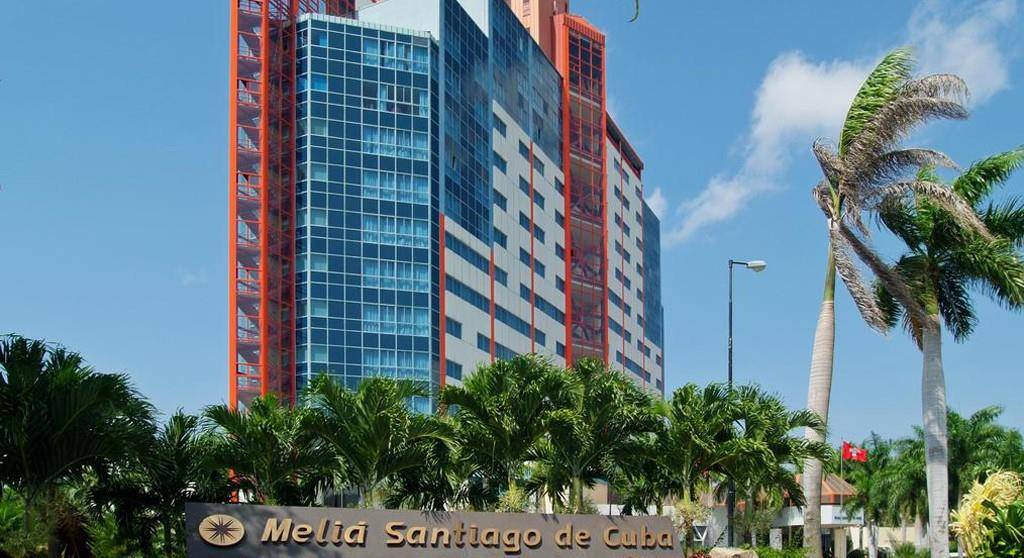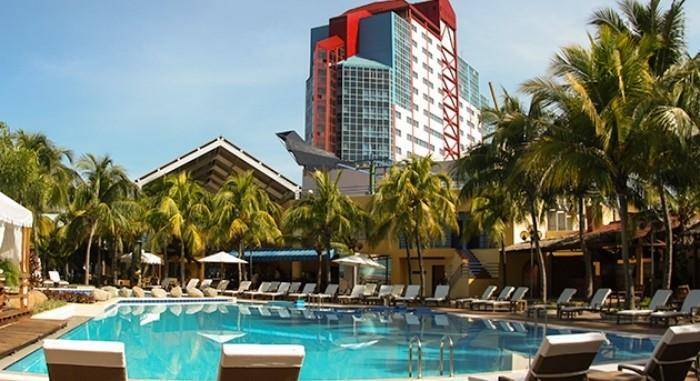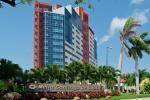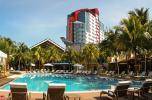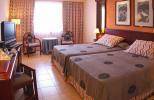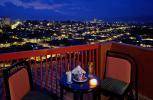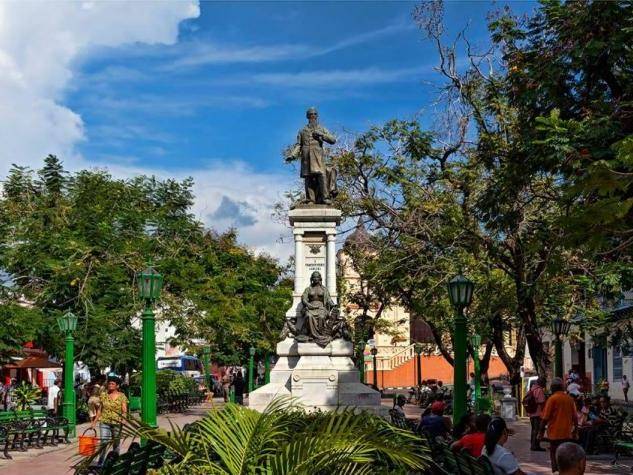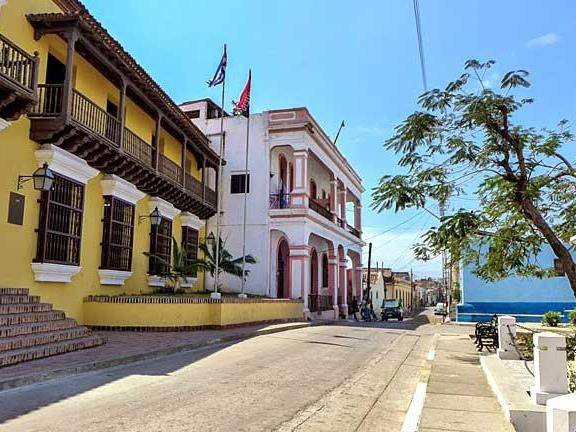
Museum of the Clandestine Struggle
The museum of the Clandestine Struggle is located Padre Pico steps up. This excellent museum, in one of the city’s finest colonial houses, focuses on the activities of the resistance movement under local martyr Frank País. Residents of Santiago were instrumental in supporting the Revolution, as were peasants in the Sierra Maestra. From the museum’s balcony, there are tremendous views of Santiago and the bay.

